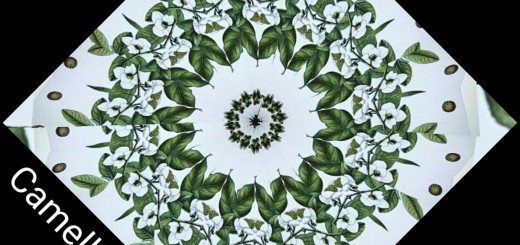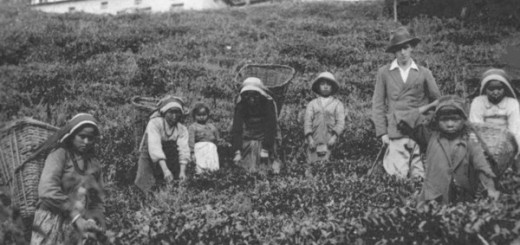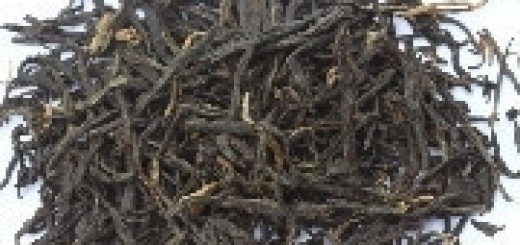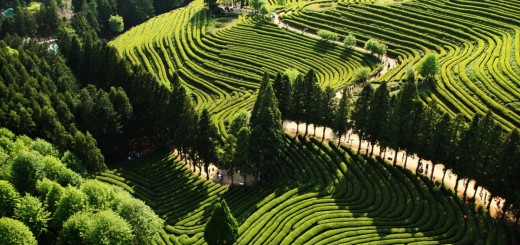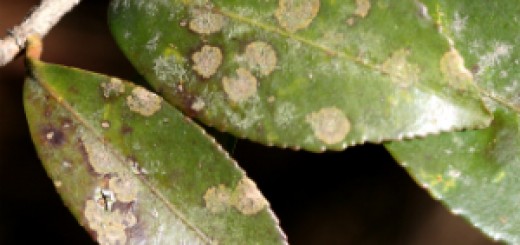Plantation History and the Contemporary business of tea
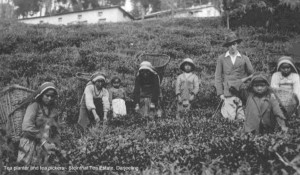 (http://happyearthtea.com/blogs/tea-101/7904251-history-of-darjeeling-tea)
(http://happyearthtea.com/blogs/tea-101/7904251-history-of-darjeeling-tea)
The word “Plantation” often comes with unpalatable connotations. Its use is tied to much darker days of the American South. However, throughout certain parts of the globe the use of the word plantation is in full effect, and envelops a thriving global market from Asia, Europe, Africa and then some. Today, these plantations are still allocated to a single crop variety, and in our case it’s the species Camellia sinensis. The labor force includes residents and families of the plantation, that in some (or most) cases have been a part of the plantation for their entire lives or their families have been a part of it for generations.
The consumption of tea has been happening since at least the second century. Its progression through the millenniums until present day makes Camellia sinensis a multifaceted subject of discussion. From the introduction and use of sugar (which also comes from plantations) in tea to the pros and cons that modern day plantation workers face, tea has incredibly deep roots throughout history. The dynamics of plantation operations has changed seemingly little in the past 150 years. The labor involved with harvest involves many people (with much of the harvesting being done by women). The processing has also gone through little change. Through different arrangements of processes , we get a wide variety of tea styles. From green to yellow, oolong to black teas, the gamut is wide. The biggest changes made throughout the industry have come in scales of production. Currently there are four main countries where the worlds tea comes from, which includes Kenya, India, China, and Sri Lanka.
Tea is spiritual, medicinal, and intoxicating. The uses of tea have been diverse throughout its history. Some cultures used it as medicine and to treat certain ailments, some cultures saw spiritual benefits while others use it as a way of unwinding. One thing that we know about tea for sure is that it’s an industry worth A LOT of money. In 2014 the tea industry was worth roughly 10 billion dollars. The uses of tea range from not only drinking it but using it for skin care and odor removal. It is with these small facets that the market for tea production is exponentially broadened. Now with wide range of tea products, the terroir of tea is facing a major shift. At the start, the terroir was in quality, distinction of the region the tea was grown (Darjeeling, Assam, etc…), a sense of feeling that the tea we drink has some exclusive quality about it. Today, the market is over saturated with novelty and niche products such as tea bags which was created as a way of selling the lowest quality tea to an uneducated market like The United States. Labeling and packaging make it tough to distinguish from authentic and inauthentic terroir, but the best terroir is the one that’s good for the earth, the community, and our future generations.
The current tea market has seen an influx in Fair Trade certified plantations. This Fair Trade certification has been purported as a tool for consumers to be more involved with the food system and to allow consumers the ability to “make a difference” in a farmers life on the other side of the world. What is not entirely grasped by these third party certifiers is that many agricultural societies don’t function in the same way an individualistic, capitalistic society does. In the case of Darjeeling tea, whole families and villages are dependent on social dynamics being maintained, and by participating in a Fair Trade program that focuses on an individuals or families monetary gain directly undercuts the well established moral economic structure of plantation life. These certifications are not free either. Varying from location to location, a price of these certifications can completely negate the supposed premiums derived from a Fair Trade market.
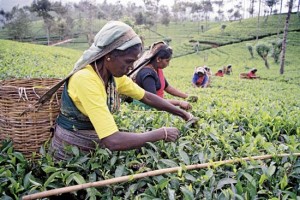 (http://kids.britannica.com/comptons/art-171098/Women-harvest-tea-leaves-by-hand-at-a-tea-plantation)
(http://kids.britannica.com/comptons/art-171098/Women-harvest-tea-leaves-by-hand-at-a-tea-plantation)
Written by Ben, and Armando
